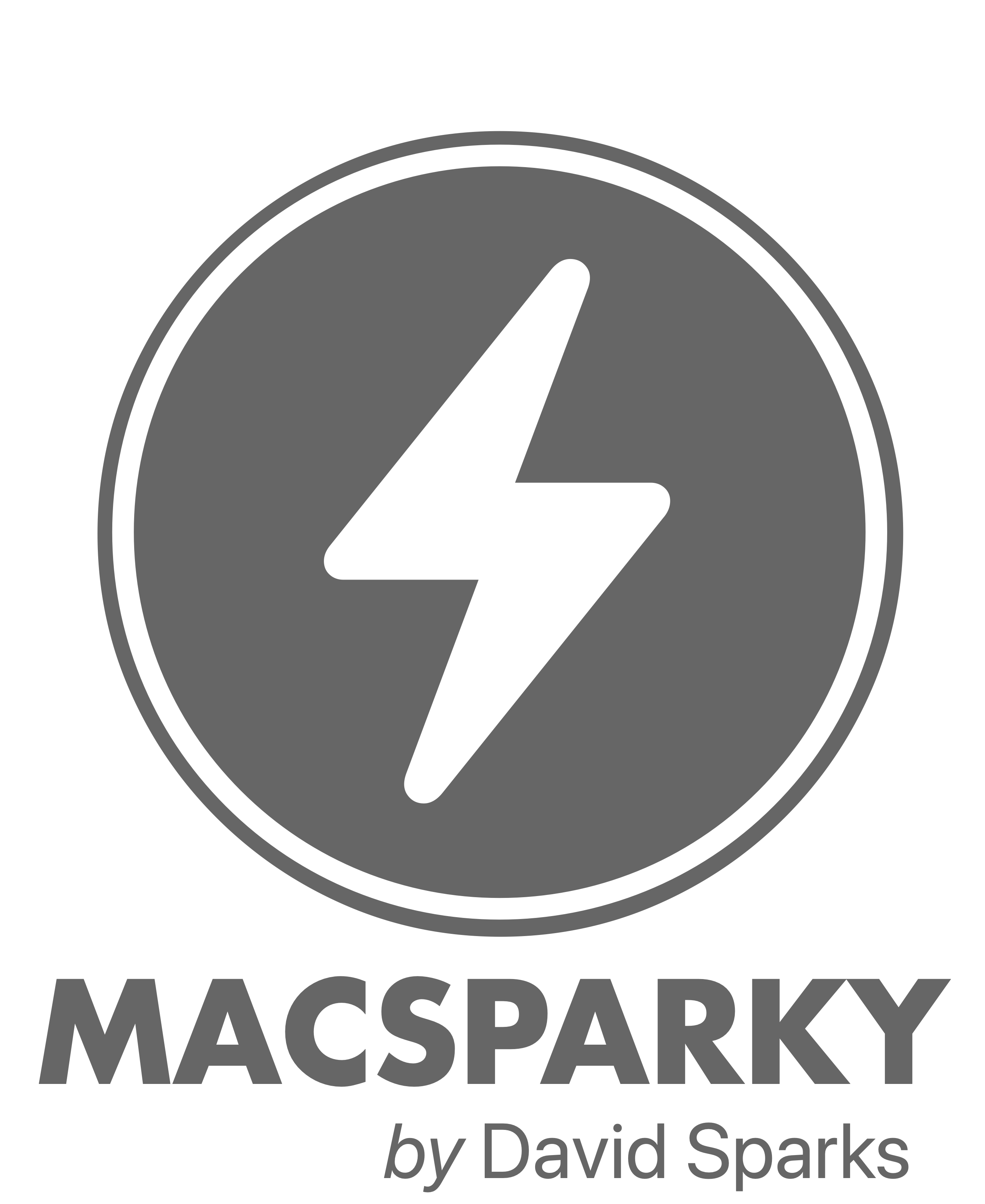A lot of folks are getting bent out of shape over the fact that the new entry-level iPad, released last week, doesn’t support Apple Intelligence. I don’t really see it that way. The goal of this iPad, in my opinion, is to keep it under $350. Apple sells these things by the thousands to school districts, businesses, and other large-scale purchasers. Adding the additional processor and memory to make Apple Intelligence work could push them past that magic number.

Moreover, I’m not sure these buyers even want artificial intelligence on their devices. Schools, for example, may have concerns about AI privacy and student usage. If you’re buying an iPad for a student, you don’t necessarily want it to help them write their homework. Likewise, corporate IT departments may be wary of AI-related security risks and prefer to keep things simple with a device that doesn’t process AI tasks on-device.
For those who do want Apple Intelligence, every other iPad now supports it, including the newly released iPad Air. The iPad Pro and iPad Air both run on Apple’s M-series chips, which meet the necessary requirements for Apple Intelligence, whereas the base iPad sticks with an A-series chip that lacks the needed processing power and memory.
I do think this may be the last iPad ever released without Apple Intelligence. As Apple refines its AI technology and improves efficiency, I expect that by the time we get to a 12th-generation iPad, it will likely support Apple Intelligence. But for now, I don’t think the lack of it on the new base iPad is as big a deal as people are making it out to be.
